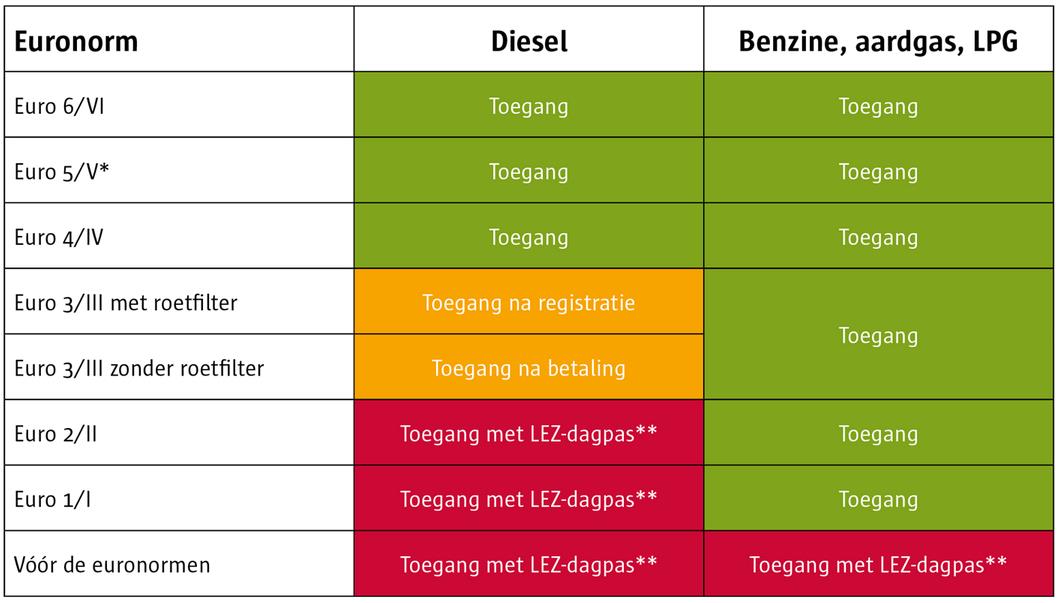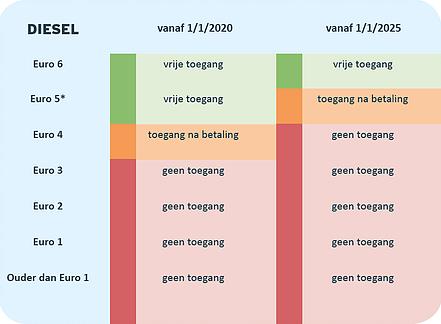When you travel through Europe by camper you will undoubtedly be confronted with toll roads, tunnels, bridges, ... There is no way around it. Most countries charge tolls on major or thoroughfares, or require a vignette, or require an environmental sticker in cities or areas.
Are there still European countries that do not charge tolls? Yes, in 2021 you do not pay tolls in Germany, Estonia, Finland, Grand Duchy of Luxembourg, Latvia, Kosovo, Malta, Moldova and Ukraine.
With regard to environmental stickers or road vignettes, I would like to refer you to the individual articles, which can be found in the tips on this website.
The rates are described here per country. And they are subject to change. They are stated in euros, unless stated otherwise!
The calculation of the rates can be very complex and the effective costs of a route can differ depending on your chosen entrances or exits. For this reason I refer to the official websites for the most recent rates and the rate calculation.
What will this cost now?
Do you wish to plan your budget when planning your route? Did you have difficulties finding all the information? I collected the information on various websites of car and tourist associations and the websites of the relevant countries. When you cross several countries it is easier to find all the information in one location. D&M Camperreizen wants to help you with this! Below is an overview per country, and this in alphabetical order. Click on the desired country.

















